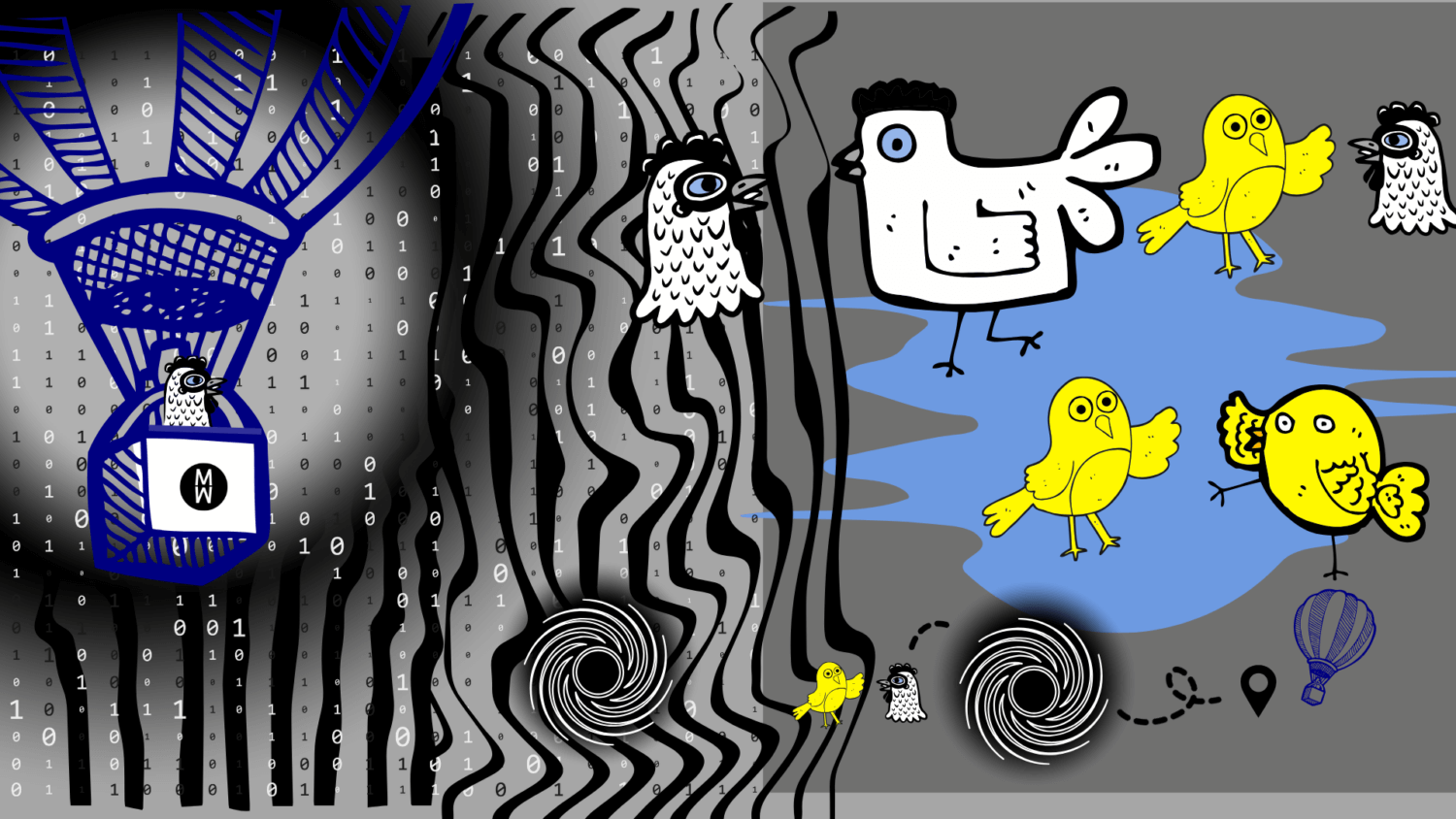You will learn
- That the AI landscape is changing rapidly and will require you to stay vigilant.
- How to use reverse image search tools to investigate images.
- The difference between cheap fakes and deepfakes.
From deepfakes, which are images and video created with AI, to cheap fakes, which are real content manipulated or edited out of context, you’ve probably already seen fake content online. Sometimes the content is just for fun, but sometimes it’s created to confuse or influence you. When it comes to images, reverse image search is a great tool to use when investigating authenticity. See this tool in action in the video below, then read on for more insight into AI.
Conversation starters
Artificial intelligence and generative AI
In reality, most of us have been using artificial intelligence for longer than we know. From sensors on our cars to spell-checkers on our phones and computers, AI has been working for us for a long time. Nowadays, though, when people talk about AI as something new, they are probably talking about generative AI. This emerging technology uses artificial intelligence and machine learning to create new things, from text to images and videos. These tools can be tremendously helpful when used ethically; maybe you noticed that some of the activities in these lessons were created with the help of generative AI. However, when someone uses this technology to trick or mislead you, it is not only wrong, it can be dangerous. So who might be behind AI? See if you can spot the phony faces below.
Synthetic media
Synthetic media usually refers to content and information that is computer generated, often using artificial intelligence to create realistic videos, text or even audio that mimics real media. Synthetic media uses deep learning and generative models to create content that can mimic visual cues, audio or bodily functions, and in some cases entire images and people. AI and other new technologies can be helpful when used properly. When used ethically and transparently, synthetic media can be entertaining, but it can also be used to create disinformation and replicate people for nefarious purposes.
Detecting and evaluating AI generated content has been a challenge for many years. Various experts in the media, technology and research industries have been working on tools, techniques, and education to help people identify AI-generated content. Some strategies consist of analyzing facial expressions, lip movements or unnatural patterns in speech, audio and bodily functions, all of which can be a red flag for AI-generated content.
Activity
Give reverse image search a try! Scroll through your own feed and see if you find an image that looks suspicious. Use reverse image search to check out its origin. If you need help doing it, watch the videos again for step-by-step instructions.
Vocabulary check
Takeaway
While generative AI has many uses, there is a lot of hype around its dangers. You should be concerned, but you don’t need to be scared. It is getting harder to determine if something is real or not, but you can use tools, like reverse image search, to verify what you read, see and hear.
References and Resources








